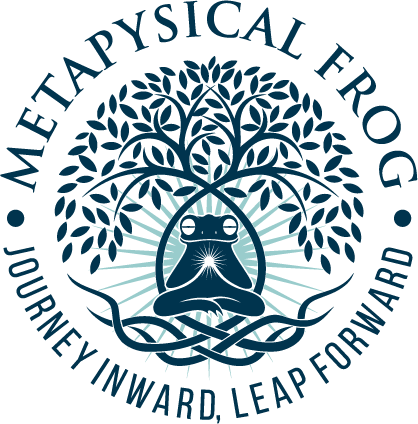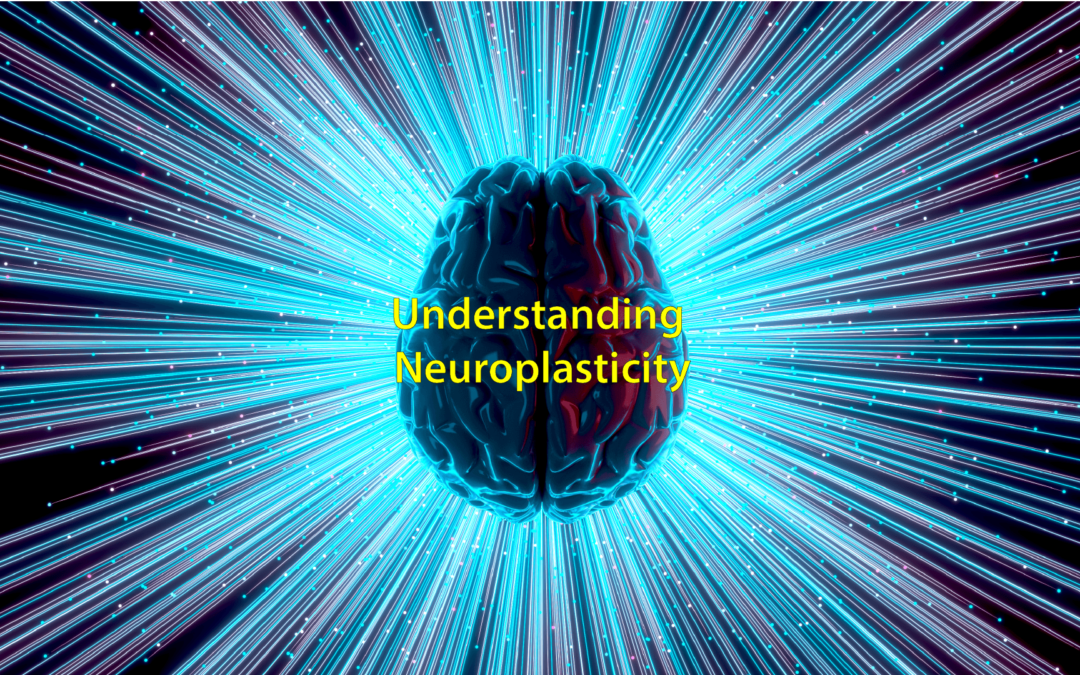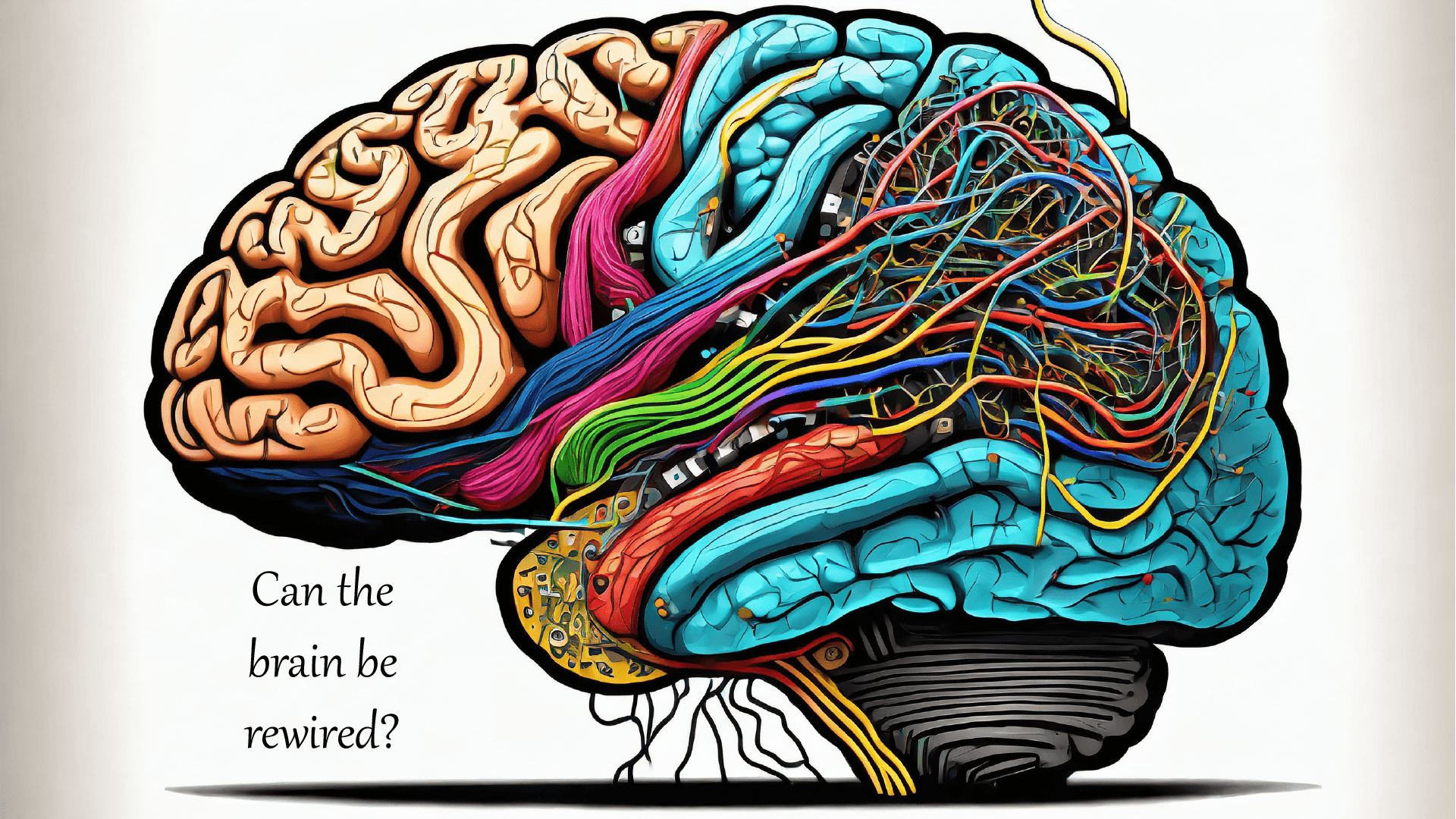Understanding Neuroplasticity: How to Remove Limiting Beliefs and Create New Positive Brain Connections
Neuroplasticity is an incredible ability of the brain to reorganize and adapt. This gives us a unique opportunity to reshape our thinking, overcome limiting beliefs, and nurture positive mental patterns. While many metaphysical principles teach this from a philosophical perspective, Neuroplasticity is the science behind it. Neuroplasticity is the brain’s ability to change and adapt in response to new experiences and learning.
This remarkable ability allows us to rewire our brains and create new neural pathways, leading to positive changes in our thoughts, emotions, and behaviors. What are neural pathways, you ask? Without getting too deep, A neural pathway is a series of connected neurons in the nervous system through which information and electrical impulses travel. These pathways coordinate and regulate bodily functions, behaviors, and thoughts.
As an infant, you constantly build new neural pathways crucial for developing and refining motor skills. This includes everything from basic movements like walking and grasping to language and communication.
As you age, Neural pathways are responsible for processing and regulating emotions. This includes recognizing emotional cues in others, understanding and managing our emotions, and developing empathy.
Our brains create pathways for storing and recalling information. This includes short-term memory, long-term memory, and working memory. Different types of memories (like facts, events, skills, and habits) involve different neural circuits and areas of the brain.
Neural pathways are essential for cognitive processes such as decision-making, reasoning, and problem-solving. These pathways help us to evaluate options, anticipate consequences, and make choices based on logic, intuition, or a combination of both. It’s important to understand that the formation of neural pathways is heavily influenced by our environment. Our environment encompasses various factors such as our family, friends, schools, social media, and culture. Additionally, our inner environment, like our beliefs, also plays a crucial role.
By understanding the principles of neuroplasticity, we can learn how to overcome limiting beliefs, develop new skills, and cultivate positive mental patterns. This involves intentionally creating new neural connections by engaging in a variety of activities such as mindfulness, meditation, visualization, and practicing new habits. By doing so, we can reshape our thinking, improve our mental health, and enhance our overall well-being, creating new and empowering neural pathways.
The Foundations of Neuroplasticity
Neuroplasticity is a fascinating concept that highlights the brain’s remarkable ability to change and adapt throughout our lives. This means that our brains are not fixed and unchanging but rather have the potential to be shaped and molded by our experiences.
Every thought, action, and emotion creates neural pathways in our brain, essentially the connections between our brain cells (neurons). With repetition, these pathways become stronger and more efficient, making certain behaviors or thought patterns easier to access and repeat.
Interestingly, this process works both ways – negative thought patterns or behaviors can also strengthen neural pathways, which is why breaking out of negative cycles can be challenging. However, with conscious effort and intentional repetition, it is possible to create new neural pathways and form new habits.
Neuroplasticity is a powerful concept that highlights the potential for growth and change within us. We can continue learning, growing, and evolving by understanding and leveraging this capacity for change.
Identifying Limiting Beliefs
Limiting beliefs are often ingrained patterns of thinking that can hinder personal growth and happiness. These beliefs originate from past experiences and are deeply embedded in our neural networks. The initial step towards neuroplasticity and changing these patterns is to identify and acknowledge them.
Techniques for Overcoming Limiting Beliefs
Awareness and Acknowledgment
The journey to overcoming limiting beliefs starts with awareness. Recognize these beliefs and understand how they influence your behavior and mindset. Acknowledge that these beliefs are merely products of past experiences and not necessarily reflective of your true potential.
Challenging and Reframing Beliefs
Once you’ve identified a limiting belief, challenge its validity. Ask yourself, “Is this belief truly accurate?” or “Does this belief serve my well-being and growth?” Reframing these beliefs in a more positive and realistic light is crucial.
Mindfulness and Meditation
Neuroplasticity is accomplished through mindfulness and meditation are powerful tools that can help rewire the brain. These practices involve observing your thoughts without judgment, which allows you to redirect your focus to more positive and constructive patterns consciously. Many people have a misconception about meditation, thinking that if they can’t clear their minds, they’re doing it wrong. The act of quieting your mind helps you become more aware of the surfacing thoughts. Meditation is a tool that can help you gain a deeper understanding of yourself and the thoughts that might be holding you back.
Cognitive Behavioral Techniques
Cognitive-behavioral therapy (CBT) techniques are designed to identify and change negative thought patterns. Recognizing distortions in your thinking can reframe your thoughts more positively and realistically.
Creating New, Positive Neural Connections
Creating new neural pathways requires consistent effort and practice. Here are some strategies to help forge these new connections:
Positive Affirmations
Positive affirmations reflect the positive qualities and attributes an individual wishes to possess or already possess. These affirmations help shift an individual’s mindset towards positivity by creating new neural pathways (neuroplasticity) in the brain that reinforce a sense of self-worth and personal power.
Affirmations must be positive, in the present tense, and believable. For example, instead of saying, “I will be successful someday,” it’s better to say, “I’m successful and will continue to achieve my goals.” This reinforces the notion that success is not a far-off dream but a present reality.
Regular practice of positive affirmations can help individuals overcome negative self-talk and develop a positive attitude toward life, boosting self-confidence and self-esteem and leading to a happier and more fulfilling life.
Visualization
Visualization is a potent technique that can help with neuroplasticity. When you vividly imagine a specific outcome or behavior, it activates the same neural networks that would be active if the event were happening in reality. Consequently, it strengthens new pathways in your brain. The brain cannot differentiate between imagined and actual events, producing the same emotional chemicals, further strengthening these neural pathways.
If you have ever studied the Law of Attraction, you may have come across the idea that visualizing and feeling yourself already possessing what you desire is crucial. This is because, as an electromagnetic being, your thoughts and emotions carry an electrical charge that emits waves of information into the quantum field of possibilities. This process attracts the circumstances and opportunities that align with your desires.
Learning New Skills
Engaging in new learning experiences is an effective way to create new neural pathways. Whether learning a musical instrument, a new language, or a physical skill, these activities stimulate the brain in novel ways, promoting neuroplasticity.
When it comes to lasting positive personal development, simply reading or watching self-improvement content isn’t enough. It’s essential to engage in practical exercises like meditation that can help to strengthen those neural pathways further and create new positive habits. By consistently practicing these exercises, you can train your brain to be more adaptable and open to change, ultimately leading to a more fulfilling and satisfying life. So, if you want to improve yourself and your life, consider incorporating practical exercises like meditation into your routine.
Physical Exercise
As a retired Navy SEAL, I’m a huge proponent of engaging in regular physical exercise, which benefits physical well-being and significantly enhances brain health and cognitive functions. When we partake in physical activities, our body releases various chemicals and hormones that positively influence our mental state. These include endorphins, known for their mood-lifting properties, and stress-reducing hormones like cortisol, which help alleviate anxiety and tension.
Neurotrophic factors, such as Brain-Derived Neurotrophic Factor (BDNF), are a particularly important group of chemicals released during exercise. These factors are vital for the brain’s growth, development, and the maintenance of neural connections. They support the survival and differentiation of neurons in the brain, contributing to brain plasticity, which is essential for learning and memory.
Regular physical activity can significantly improve cognitive functions by stimulating the production of neurotrophic factors. This includes enhanced memory retention, better concentration, and increased attention span. Regular exercise also facilitates the growth of new neurons in the hippocampus, a brain region critical for memory and learning, thus bolstering cognitive abilities.
Moreover, physical exercise has been linked to a reduced risk of cognitive decline in later years, including a lower risk of developing neurodegenerative diseases such as Alzheimer’s and Parkinson’s. This protective effect is thought to result from increased blood flow to the brain during exercise, which improves brain health by providing more oxygen and nutrients.
Additionally, exercise can improve sleep patterns and quality, which is crucial for cognitive processing and memory consolidation. Following learning activities, a good night’s sleep enhances memory retention and problem-solving skills.
Therefore, incorporating regular physical exercise into your routine is not just about physical fitness; it’s also a proactive strategy for maintaining and improving brain health. Whether it’s aerobic exercises like running and swimming, strength training, or even activities like yoga and tai chi, finding a form of exercise you enjoy can have long-lasting positive impacts on your brain’s structure and function.
Conclusion
Understanding and utilizing neuroplasticity to remove limiting beliefs and create new positive brain connections is a powerful approach to personal development. By actively engaging in practices that challenge old patterns and encourage the formation of new pathways, we can significantly enhance our mental and emotional well-being. Remember, the brain is a dynamic organ, capable of remarkable change and adaptation, offering endless potential for growth and transformation.





